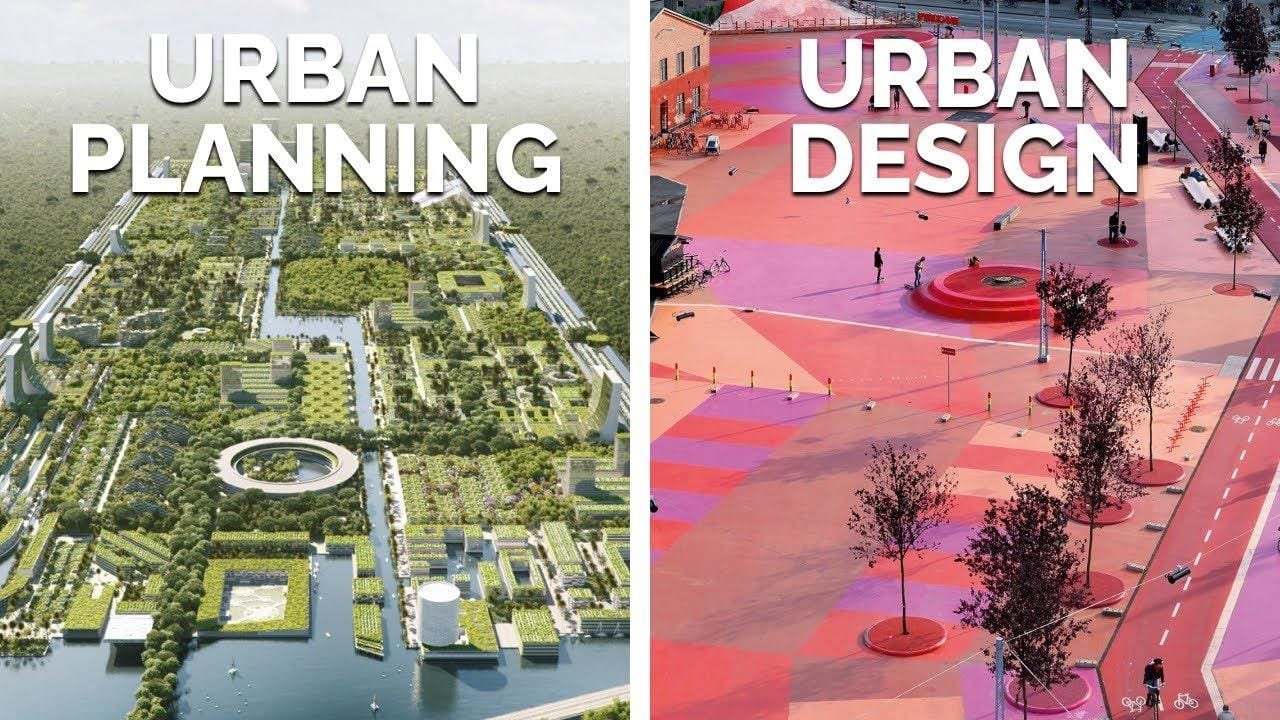Table of Contents
In an era marked by rapid technological advancement, the landscape of transportation is undergoing a remarkable transformation. The once-familiar sound of an engine revving is being replaced by the soothing whir of electric motors, promising a quieter and more sustainable way to navigate our world. As innovations like autonomous vehicles and sophisticated connectivity systems emerge, they are reshaping not only how we drive but how we perceive mobility itself.
Environmental concerns and the push for cleaner alternatives have catalyzed a revolution on wheels. The integration of smart technology into our vehicles is not merely about convenience; it heralds a future where driving is safer, more efficient, and increasingly tailored to individual needs. As we stand on the cusp of this transformative era, the question arises: What will the future of driving really look like?
Innovative Technologies Shaping the Autonomous Landscape
As autonomous vehicles continue to infiltrate the streets, several groundbreaking technologies are driving this transformation forward. At the forefront are LiDAR systems, which map out surroundings in intricate detail, enabling vehicles to navigate complex environments safely. Artificial Intelligence (AI) algorithms further enhance decision-making processes, allowing cars to interpret real-time data and adapt to unexpected road conditions. Together, these innovations ensure a robust framework for safer and more efficient travel.
In addition, 5G connectivity is crucial for the seamless communication between vehicles and infrastructure. This technology facilitates instant data exchange, critical for processing traffic patterns and optimizing routes. Notably, computer vision is allowing autonomous systems to recognize and respond to obstacles in their path, enhancing safety protocols. With these technologies converging, the landscape of mobility is poised for a renaissance, promising a driving experience unlike any other.

Sustainable Solutions for Greener Transportation
As the world embraces the urgency of climate change, the transportation sector stands at a pivotal crossroads. Innovations like electric vehicles (EVs), hydrogen fuel cells, and shared mobility services are reshaping our streets and reducing carbon footprints. Urban planning now supports bike-sharing initiatives and pedestrian-friendly designs, encouraging low-impact transport options. Moreover, advancements in public transport, such as autonomous shuttles, promise to reduce congestion and emissions through efficient routes and schedules.
To further enhance sustainable travel, integrating renewable energy sources into transport systems is essential. For instance, solar panels on bus stations or wind turbines along highways can facilitate cleaner energy for electric fleets. City planners are also exploring smart traffic systems to optimize vehicle flow, cutting idle time and pollution. Embracing these technologies fosters an eco-friendly transport ecosystem that nurtures both the planet and its inhabitants.

The Role of Urban Planning in the Future of Mobility
Urban planning is pivotal in shaping the mobility landscape of the future. By integrating advanced technologies with sustainable practices, cities can foster environments that encourage diverse transportation options. This holistic approach includes:
- Smart traffic management systems
- Public transportation innovation
- Pedestrian-friendly design
- Cycling infrastructure enhancement
As local governments prioritize green initiatives, the focus on mixed-use developments offers a seamless blend of living, working, and commuting spaces. This synergy promotes a shift towards shared mobility solutions, reducing reliance on personal vehicles and contributing to healthier urban ecosystems. Ultimately, well-planned cities can significantly enhance the quality of life for their residents.

Navigating Ethical Considerations in Autonomous Driving
As we transition to autonomous vehicles, ethical dilemmas arise, compelling us to evaluate the decision-making frameworks these machines will employ. Key considerations include:
- Safety vs. Efficiency: Prioritizing passenger safety may sometimes conflict with maximizing road efficiency.
- Value of Life: How should a vehicle’s algorithm weigh the lives of pedestrians, passengers, and other drivers?
- Liability: In the event of an accident, assigning responsibility becomes complex.
Addressing these issues requires multidisciplinary collaboration among ethicists, engineers, and policymakers. A potential model for ethical decision-making could include:
| Scenario | Decision | Ethical Principle |
|---|---|---|
| Imminent collision | Swerving to minimize harm | Utilitarianism |
| Pedestrian crossing | Bounding to avoid accident | Deontological ethics |
Final Thoughts
As we stand on the brink of a new era in transportation, it is clear that innovation is driving us toward a future that many once deemed impossible. The journey won’t be without its challenges, but the potential benefits are staggering. Some key takeaways include:
- Electric Mobility: A significant reduction in greenhouse gas emissions.
- Autonomous Vehicles: Safer roads with fewer accidents and distractions.
- Smart Infrastructure: Enhanced connectivity improving traffic efficiency.
our roads are becoming smarter, safer, and more sustainable. The vision presented in “Revolution on Wheels” is not just a dream; it’s a rapidly approaching reality.
As we embrace these advancements, it’s crucial to remain vigilant and adaptable. Stakeholder collaboration, regulatory frameworks, and public acceptance will play pivotal roles in shaping this transformation.
The future of driving awaits us, indeed—let’s drive into it with an open mind and a commitment to progress.



